10 tips for hot working days: how to keep a cool head

1.
Early to work:
In the morning, temperatures are still much milder. There is only a significant rise from 10.00 a.m. . If the working time model allows, you should get to the office or workshop as early as possible. Use the afternoon and evening hours gained to relax
2.
Drink enough:
If you sweat a lot, you also need to drink a lot to compensate for the loss of fluids . Mineral water with little carbon dioxide, herbal and fruit teas and diluted fruit juices are particularly suitable. The recommended minimum amount per day is between 1.8 and 2.5 litres, depending on body weight. In the summer heat, you should drink at least one litre more - even in the office.
3. Meals:
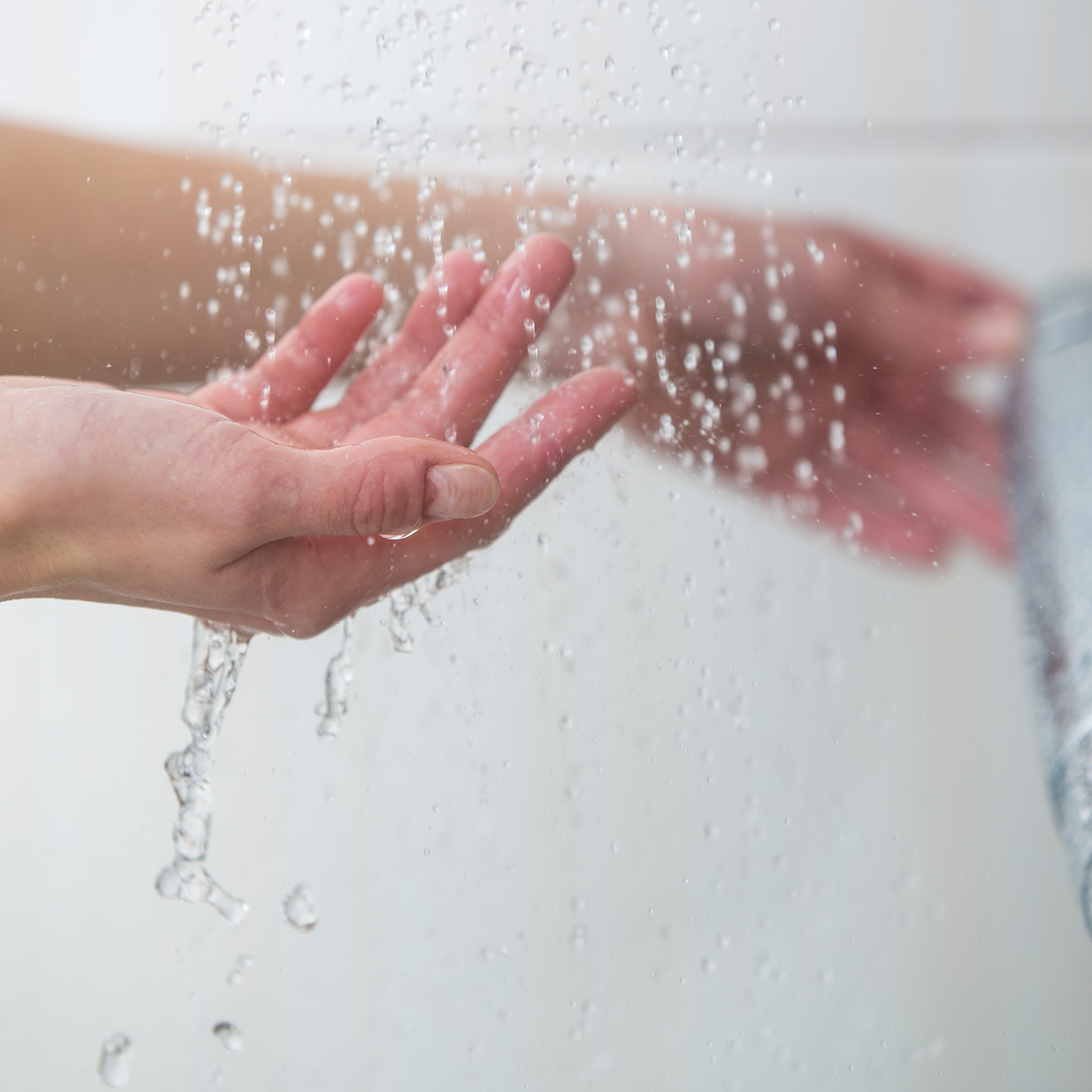

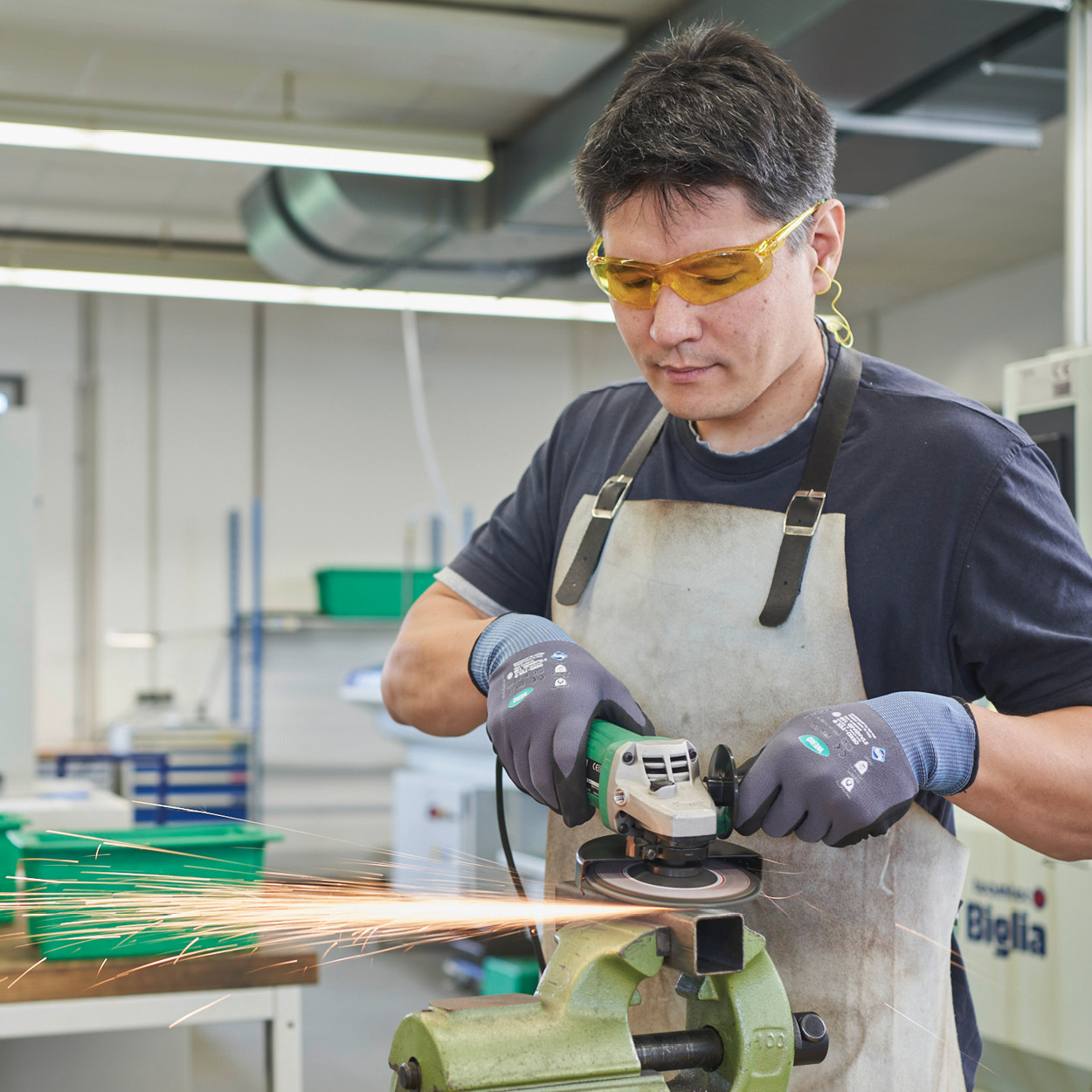
4. Lukewarm showers:
Even if it feels pleasantly cooling at first. Avoid cold showers. This causes blood vessels and pores to contract, a natural reaction to retain heat. As a result, you will only sweat even more afterwards.
5. Cover your body:
In summer, light clothing is the order of the day and should also be authorised by the employer - this also includes breathable shoes. However, when working outdoors, please make sure to cover your upper body and head at and wear breathable, moisture-absorbing clothing.
6. Protect your eyes:
Around 500,000 eye operations are carried out every year, which can be traced back to a lack of protection against UV-A radiation in everyday working life . Wear category 2 or 3 filter sunglasses.

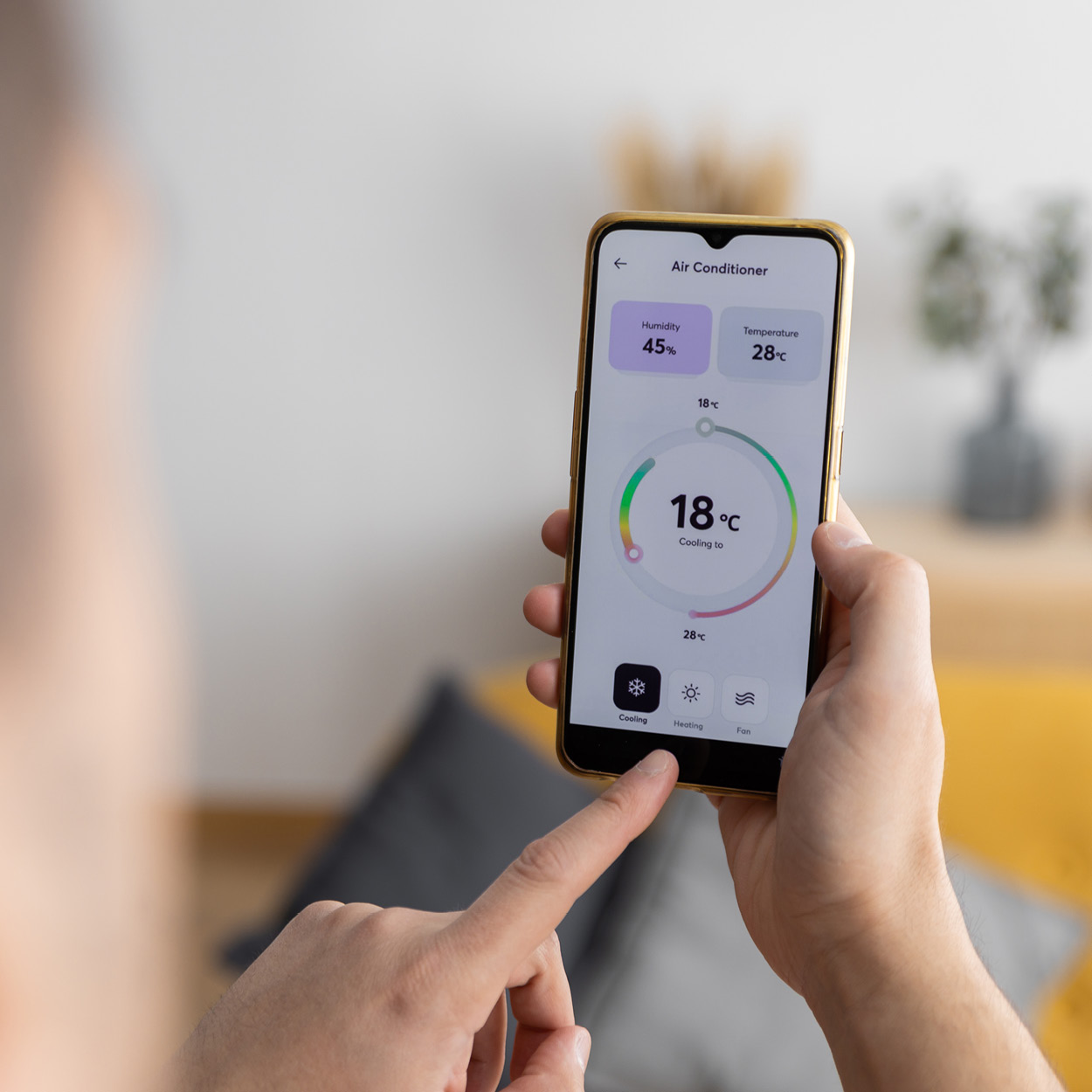
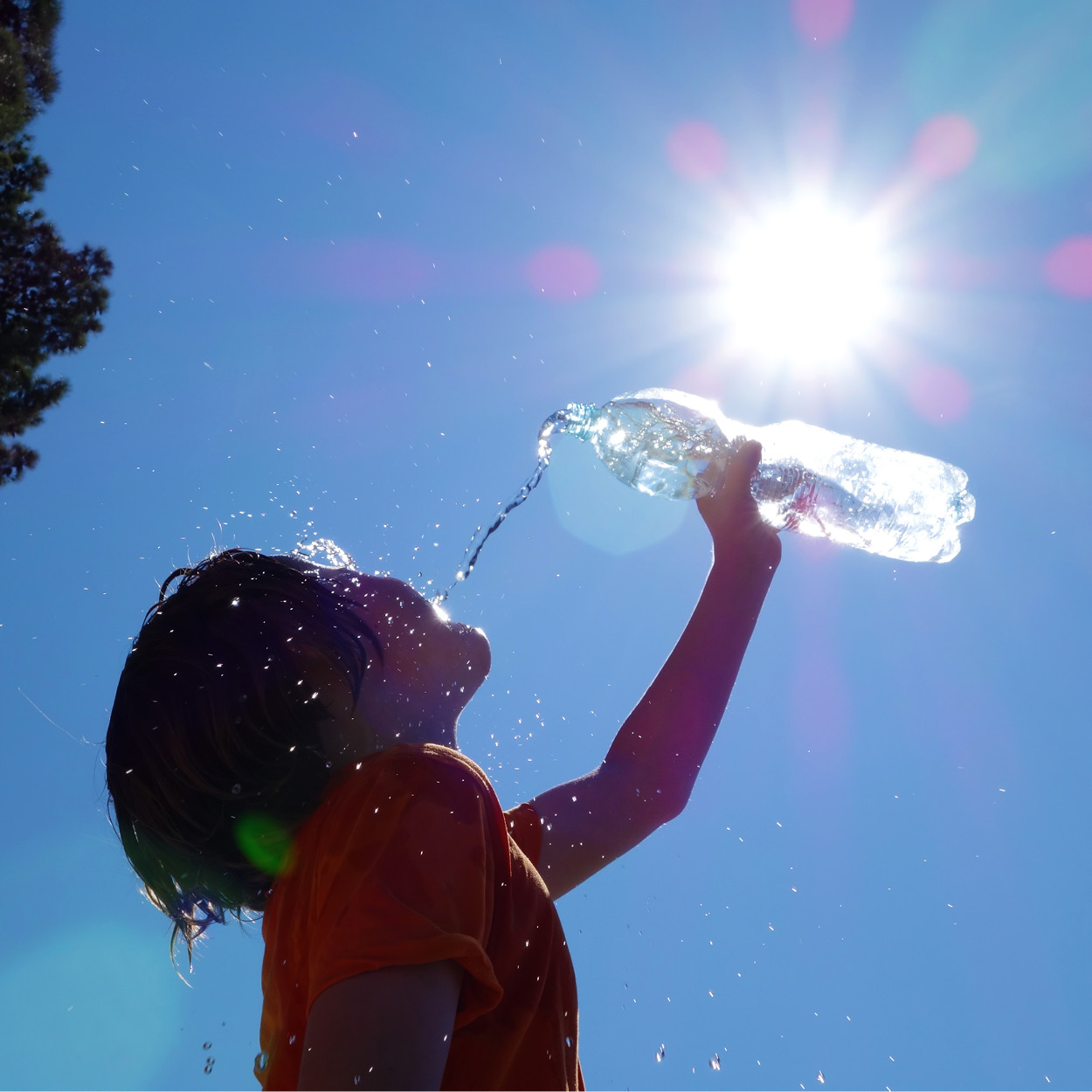
7. Car journeys:
During a heatwave like the one in recent weeks, temperatures of up to 70° C in vehicles are not uncommon. Before setting off on your journey, ventilate your car, lower the windows and use the air conditioning. This is because high heat stress leads to fatigue, concentration difficulties and circulatory problems. The consequence: the accident rate increases.
8. Room temperature:
The technical regulations for workplaces, ASR A3.5, stipulate the following limit values for room temperatures in summer : Above 30° C, the temperature at the workplace must be lowered by appropriate measures. Fans and the relaxation of clothing requirements are possibilities. If the temperature rises to more than 35° C, the room may no longer be used without technical measures (e.g. air showers, water curtains), organisational measures (e.g. cooling phases) or e.g. heat-protective clothing.
9. Heat exhaustion/heat stroke:
Take care of yourself and your colleagues. In the event of heat exhaustion, sufficient body heat can no longer be released into the environment. This leads to circulatory problems. If there is also a lack of fluids, this is called heatstroke. This is characterised by dry, reddened and hot skin. It is also usually accompanied by dizziness or light-headedness , but nausea, vomiting and headaches are also possible (especially sunstroke). The great danger is complete circulatory failure. So watch out for the symptoms described at in yourself and your colleagues - and to prevent it from getting that far in the first place, take our tips to heart.
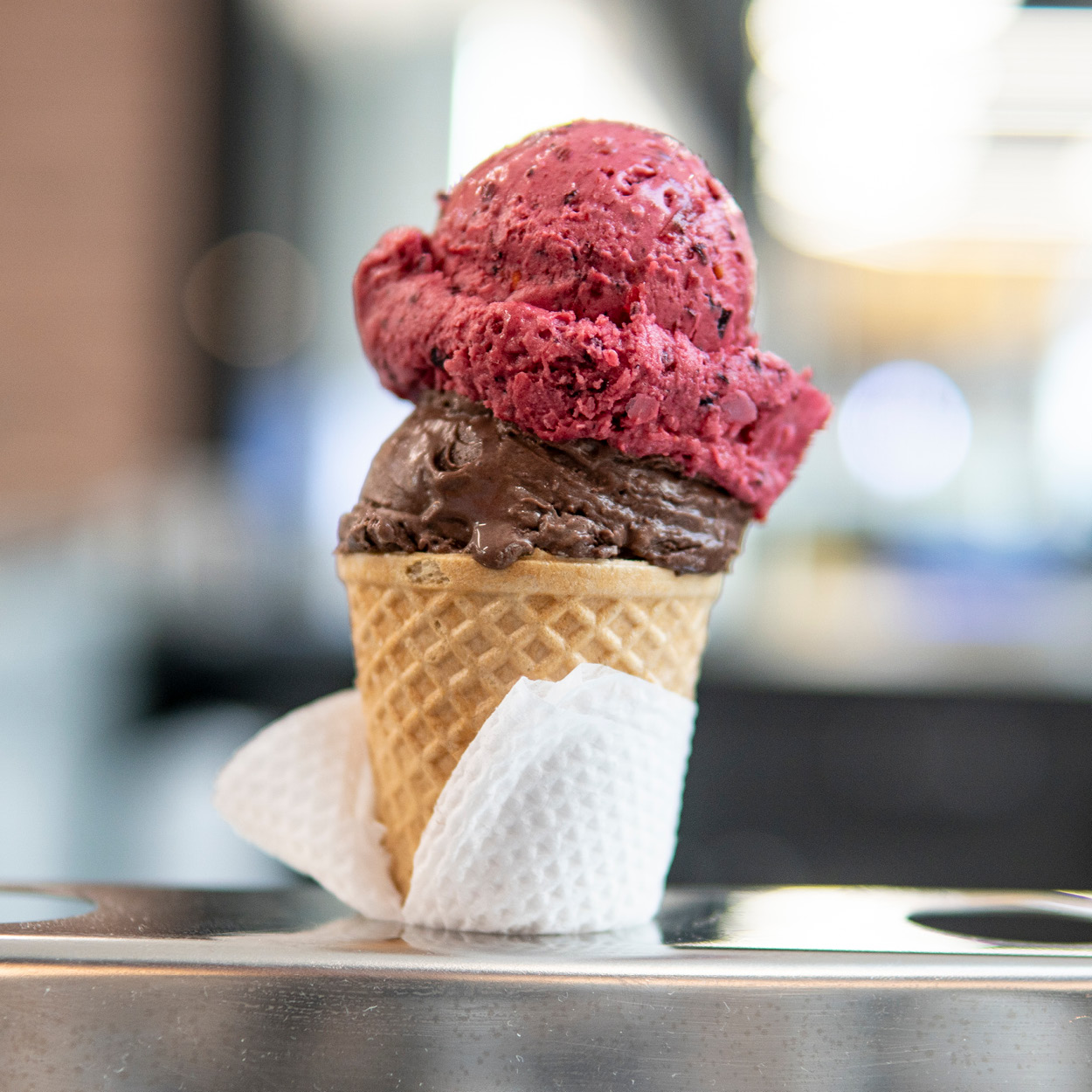
10. Moaning together:
Everything is easier to bear if you share it with others. You should therefore feel free to moan with other colleagues during your break - perhaps over an ice cream or chilled fruit - and long for your well-deserved summer holiday.

